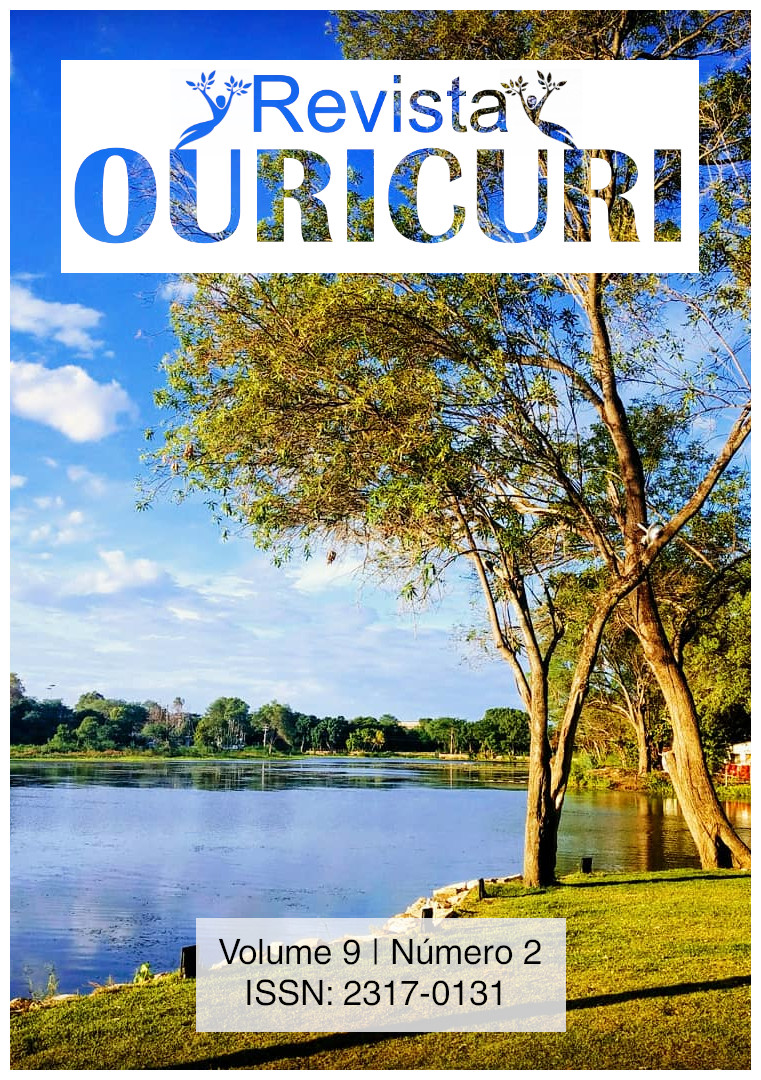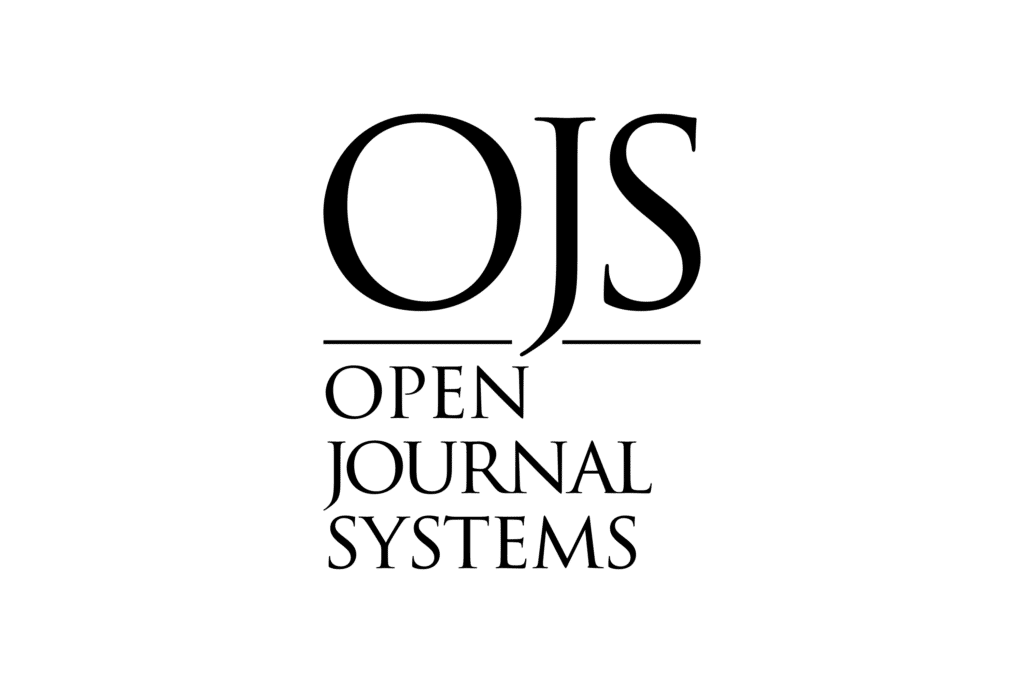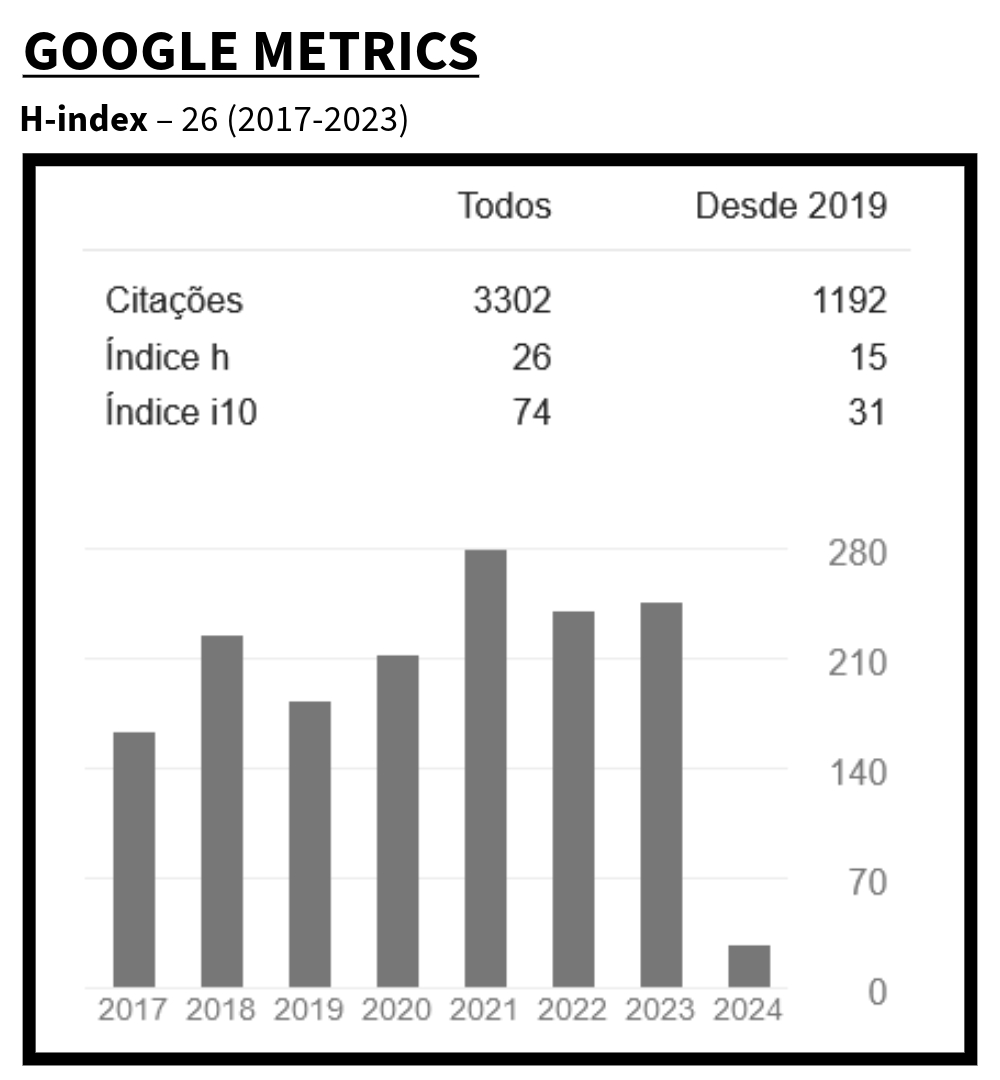ATIVIDADE REPELENTE E AÇÃO ANTIMICROBIANA DE PEÇONHA DE Dinoponera quadriceps (Hymenoptera: Formicidae)
DOI:
https://doi.org/10.29327/ouricuri.9.2-4Keywords:
Ponerinae, Atta sexdens, Bioinseticida.Abstract
A peçonha de formigas tem sido investigada por ser uma potencial fonte de peptídeos com alta atividade antimicrobiana. O que a torna uma fonte atrativa para o isolamento de novos compostos químicos para o combate aos microrganismos resistentes ou como repelente contra outras formigas, principalmente as consideradas pragas. O objetivo deste estudo foi avaliar se a peçonha de Dinoponera quadriceps possui atividade repelente contra a formiga cortadeira Atta sexdens e se também possui ação antimicrobiana. Colônias de D. quadriceps foram coletadas por meio da escavação dos ninhos e captura manual dos indivíduos no município de Esplanada/BA. Os espécimes coletados foram mantidos em ninhos artificiais no Museu de Zoologia da UNEB, Campus II – Alagoinhas/BA. Foram utilizadas duas técnicas de extração da peçonha. Na primeira, extraiu-se a peçonha de cinco formigas utilizando-se um microtubo graduado. Na segunda, a extração consistiu na imobilização de um indivíduo com pinça entomológica e o ferrão introduzido em um tubo capilar. Este tubo foi colocado em contato com água destilada e posteriormente a substância extraída foi impregnada em papel filtro. Os bioensaios foram realizados em béqueres de 500 mL. Ambas as técnicas de extração da peçonha foram repetidas 10 vezes, para cada bioensaio, e as 10 operárias de A. sexdens foram coletadas individualmente para a realização de cada experimento e descartadas em seguida. Posteriormente, foi avaliado o comportamento das operárias. Para avaliação da atividade antimicrobiana foi utilizado o método da difusão em discos, com base no halo de inibição contra as bactérias Staphylococcus aureus, Micrococcus luteus, Bacillus subtilis, Escherichia coli e Pseudomonas aeruginosa. Os testes com a peçonha de D. quadríceps, não apresentaram ação repelente e nem atividade antibacteriana.Downloads
References
Abdalla, F. C.; Cruz-Landim, C. Dufour glands in the hymenopterans (Apidae, Formicidae, Vespidae): a review. Revista Brasileira de Biologia, 61(1), 95-106, 2001.
Arcuri, H. A.; Palma, M. S. Understanding the Structure, Activity and Inhibition of Chorismate Synthase from Mycobacterium tuberculosis. Current Medicinal Chemistry, 18(9), 1311-1317, 2011.
Brady, S. G.; Schultz, T. R.; Fisher, B. R.; Ward, P. S. Evaluating alternative hypotheses for the early evolution and diversification of ants. Proceedings of the National Academy of Sciences, 103(48), 18172-18177, 2006.
Bruschini, C.; Dani, F. R.; Pieraccini, G.; Guarna, F.; Turillazzi, S. Volatiles from the venom of five species of paper wasps (Polistes dominulus. P. gallicus. P. nimphus. P. sulcifer and P. olivaceus). Toxicon, 47(7), 812-825, 2006.
Charpin, D.; Birnbaum, J.; Vervloet, D. Epidemiology of Hymenoptera allergy. Clinical and Experimental Allergy, 24(11), 1010-1015,1994.
Cintra, P.; Bueno, F. C.; Bueno, O. C.; Malaspina, O.; Petacci, F.; Fernandes, J. B. Astilbe toxicity to leaf-cutting ant Atta sexdens rubropilosa (Hymenoptera: Formicidae). Sociobiology, 45(2), 347-353, 2005.
Clinical Laboratory Standards Institut – CLSI. Padronização dos Testes de Sensibilidade a Antimicrobianos por Disco-difusão: Norma Aprovada - 8ª ed. M2-A8, 23(1), 2005.
Della-Lucia, T. M. C.; Souza, D. J. Importância e história de vida das formigas-cortadeiras. In: Della-Lucia, T. M. C (Orgs). Formigas-cortadeiras: da bioecologia ao manejo. Viçosa: Editora UFV, 2011, p.13-26.
Johnson, S. R.; Copello, J. A.; Evans, M. S.; Suare, A. V. A biochemical characterization of the major peptides from the venom of the giant neotropical hunting ant Dinoponera australis. Toxicon, 55(4), 702-710, 2010.
Lai, L.; Hua, K.; Wu, W. Intraspecific and interspecific aggressive interactions between two species of fire ants, Solenopsis geminata and S. invicta (Hymenoptera: Formicidae), in Taiwan. Journal of Asia-Pacific Entomology, 18(1), 93-98, 2015.
Lima, D. B.; Torres, A. F.; Mello, C.P.; Menezes, R. R.; Sampaio, T. L.; Canuto, J. A.; Silva, J. J.; Freire, V. N.; Quinet, Y. P.; Havt, A.; Monteiro, H. S.; Nogueira, N. A.; Martins, A. M. Antimicrobial effect of Dinoponera quadriceps (Hymenoptera: Formicidae) venom against Staphylococcus aureus strains. Journal of Applied Microbiology, 117(2), 390-396, 2014.
Littledyke, M.; Cherrett, J. M. Olfactory responses of the leaf-cutting ants Atta cephalotes (L.) and Acromyrmex octospinosus (Reich) (Hymenoptera: Formicidae) in the laboratory. Bulletin of Entomological Research, 68(2), 273-28, 1978.
Lowry, O. H.; Rosebrough, N. J.; Farr, A. L.; Randall, R. J. Protein measurement with the Folin phenol reagent. Journal of Biological Chemistry, 193(1), 265-275, 1951.
Marinho, C. G. S.; Della-Lucia, T. M. C.; Picanço, M. C. Fatores que dificultam o controle das formigas cortadeiras. Bahia Agrícola, 7(2), 18-21, 2006.
Marlier, J. F., Quinet, Y.; Biseau, J. C. Defensive behaviour and biological activities of the abdominal secretion in the ant Crematogas terscutellaris (Hymenoptera: Myrmicinae). Behavioural Processes, 67(3), 427-440, 2004.
Oliveira, M. F. S. S.; Bueno, O. C.; Marini, T.; Reiss, I. C.; Bueno, F. C. Toxicity of Azadirachta indica to leaf-cutting ant Atta sexdens rubropilosa (Hymenoptera: Formicidae). Sociobiology, 47(2), 423-431, 2006.
Orivel, J.; Redeker, V.; Le Caer, J. P.; Krier, F.; RevoL-Junelles, A. M.; Longeon, A.; Chaffotte, A.; Dejean, A.; Rossier, J. Ponericins, New Antibacterial and Insecticidal Peptides from the Venom of the Ant Pachycondyla goeldii. Journal Biological Chemistry, 276(21), 17823-17829, 2001.
Saidemberg, D. M.; Passarelli, A. W.; Rodrigues, A. V.; Basso, L. A.; Santos, D. S.; Palma, M. S. Shikimate Kinase (EC 2.7.1.71) from Mycobacterium tuberculosis: Kinetics and Structural Dynamics of a Potential Molecular Target for Drug Development. Current Medicinal Chemistry, 18(9), 1299-1310, 2011.
Santos, L. D.; Pieroni, M.; Menegasso, A. R. S.; Pinto, J. R. A. S.; Palma, M. S. A new scenario of bioprospecting of Hymenoptera venoms through proteomic approach. Journal of Venomous Animals and Toxins including Tropical Diseases, 17(4), 364-377, 2011.
Schmidt, J. O. Chemistry, Pharmacology, and Chemical Ecology of Ant Venoms. In: PIEK, T. (Eds.) Venoms of the Hymenoptera: Biochemical, Pharmacological and Behavioural Aspects. Academic Press, Londres, 570 p., 1986.
Souza, P. L.; Quinet, Y.; Vale, J. F.; Torres, A. F. C.; Pereira, M. G; Assreuy, A. M. S. Venom's antinociceptive property in the primitive ant Dinoponera quadriceps. Journal of Ethnopharmacology, 144(1), 213-221, 2012.
Statsoft Inc. Statistica for Windows (data analysis software system), version 7.1. Statsoft, Tulsa, Oklahoma (USA), 2005.
Steen, C. J.; Janniger, C. K.; Schutzer, S. E.; Schwartz, R. A. Insect sting reactions to bees, wasps, and ants. International Journal of Dermatology, 44(2), 91-94, 2005.
Vaso, A. S.; Santos, D. S.; Basso, L. A.; Palma, M. S. Hydrogen/deuterium exchange mass spectrometry for characterizing phosphoenolpyruvate-induced structural transitions in Mycobacterium tuberculosis 5-enolpyruvylshikimate-3-phosphate synthase (EC 2.5.1.1). International journal of mass spectrometry, 302(3), 12-18, 2011.
Viegas, J. R.; Bolzani, C.; Silva, V.; Barreiro, E. J. Os produtos naturais e a medicina medicinal moderna. Química Nova, São Paulo, 29(2), 326-337, 2006.
Downloads
Published
How to Cite
Issue
Section
License
Authors who publish in this journal agree to the following terms:
a) Authors maintain copyright and grant the magazine the right of first publication, with the work simultaneously licensed under the Creative Commons Attribution License which allows sharing of the work with recognition of authorship and initial publication in this magazine.
b) Authors are authorized to enter into additional contracts separately, for non-exclusive distribution of the version of the work published in this journal (e.g., publishing in an institutional repository or as a book chapter), with recognition of authorship and initial publication in this journal.
c) Authors are allowed and encouraged to publish and distribute their work online (e.g. in institutional repositories or on their personal page) as this can increase the impact and citation of the published work (See The Effect of Open Access).













 B1 (2017-2020)
B1 (2017-2020)



















